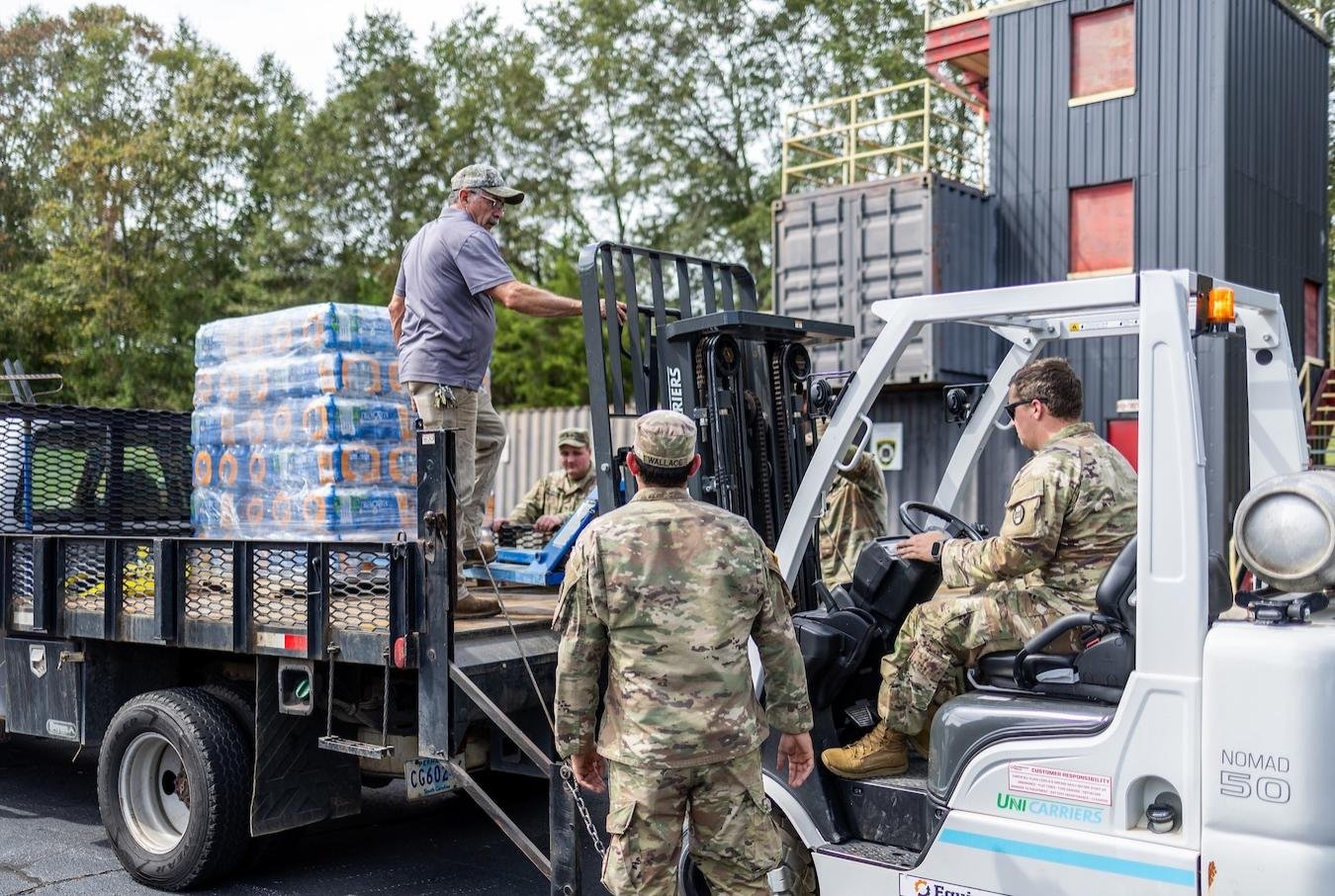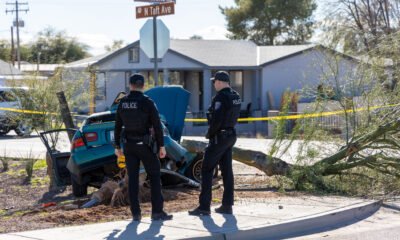Business
Could States Navigate Disaster Response Alone Without FEMA’s Safety Net?

In a world where a hurricane ravages the Gulf Coast, the absence of a well-equipped federal agency like FEMA raises urgent questions. Could individual states effectively manage the extensive destruction in such an event?
Typically, the Federal Emergency Management Agency (FEMA) initiates a swift response to disasters, distributing essential supplies and financial assistance to affected residents. However, recent statements from Homeland Security Secretary Kristi Noem suggest plans to dismantle FEMA, while President Donald Trump proposes that states might take over the responsibilities of disaster recovery. With climate change leading to increasingly frequent and severe disasters, assessing the preparedness of states for such challenges without federal assistance becomes critical.
Established in 1979, FEMA has historically coordinated national responses to a variety of disasters, although the federal government has been involved in disaster relief since the 1800s. After a state requests an emergency declaration—validated by the president—the agency mobilizes to aid the affected regions. Its focus is on supporting state and local governments, providing crucial resources to facilitate rapid recovery.
FEMA’s capabilities include coordinating federal resources in emergencies. During Hurricane Ian in 2022, the agency collaborated with the U.S. Coast Guard and other organizations to execute rescue operations, restore power, and deliver essential supplies like water and meals. It also handles substantial financial assistance distributions, as observed in recent cases: over $1 billion related to Hurricane Milton and additional funds for other storms earlier this year.
Logistical support is another key aspect of FEMA’s role. The agency works with local governments and nonprofits, like the American Red Cross, to supply vital resources such as cots and blankets for shelters. In 2023, following devastating wildfires in Maui, FEMA swiftly provided emergency grants for immediate needs and facilitated housing arrangements for over 1,200 households, illustrating its comprehensive support for recovery efforts.
The consequences of eliminating FEMA raise alarming concerns, particularly for states that frequently experience disasters, such as Louisiana and Florida. These regions would struggle with the financial burden associated with disaster response. Moreover, rural and less affluent states generally lack the capacity and resources to manage significant disasters independently.
Lynn Budd of the Wyoming Office of Homeland Security emphasized that states often lack the infrastructure to handle annual disasters effectively. While some regional cooperation may occur, it cannot replace the speed and efficiency of federal assistance. Without FEMA, states might be left relying on limited local nonprofit efforts, which are insufficient to meet the scope of needs following a disaster.
Federal aid could also be slow to materialize if Congress must approve funding on a case-by-case basis, resulting in a dysfunctional recovery process heavily influenced by political dynamics. The disparity in recovery capabilities is likely to widen, with wealthier regions bouncing back faster while poorer areas suffer prolonged distress.
Coordinating disaster responses is inherently complex, and while FEMA isn’t without its critics, its role becomes increasingly crucial as natural disasters escalate in frequency and intensity due to climate change. The pressing question remains: How ready is your state to manage a disaster without federal assistance?


















